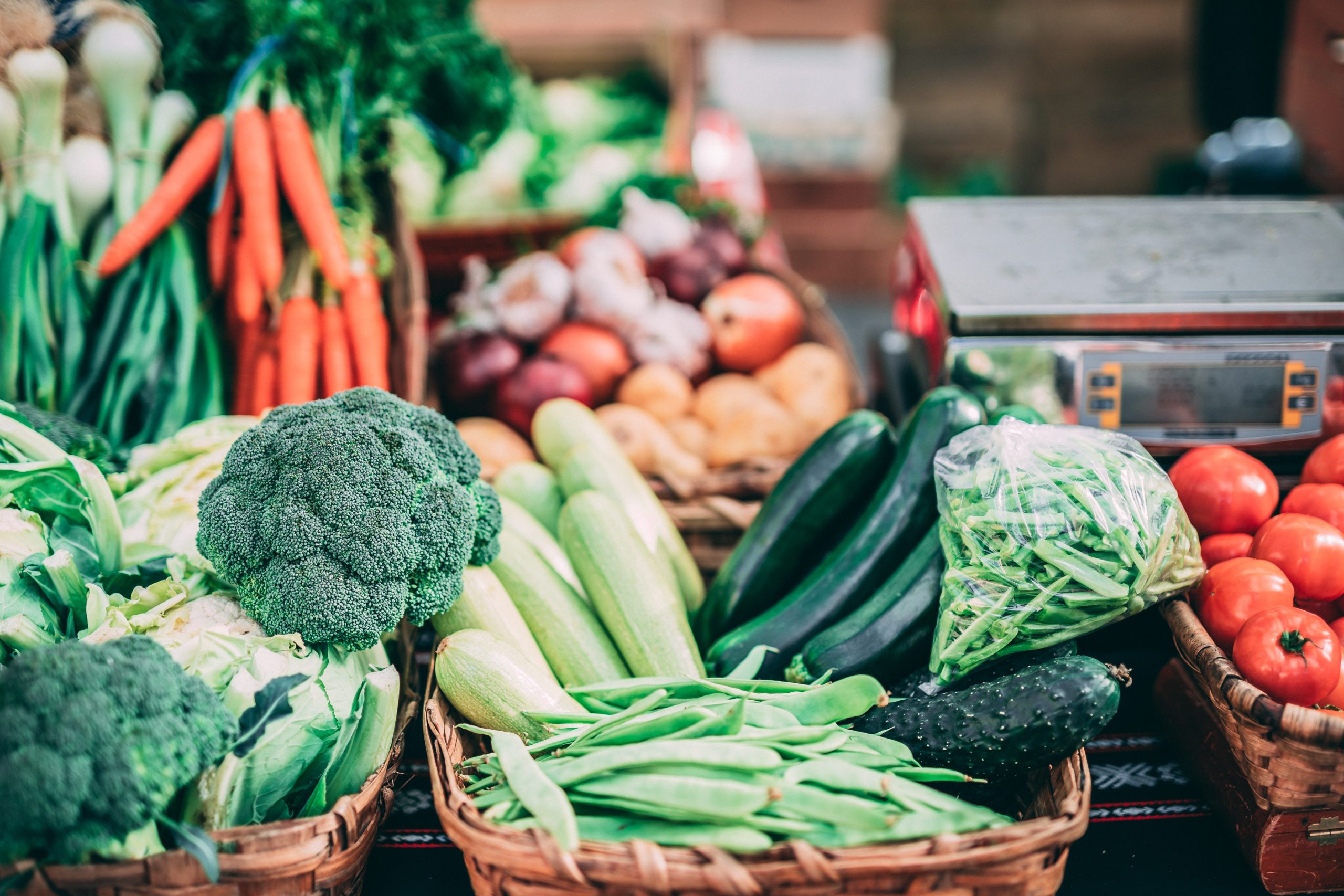Written by Lauren Ranley. Reviewed by Diana Licalzi, MS, RD, CDE
We know it can be frustrating when you make an effort to eat healthier and you still experience blood sugar spikes. Understanding the reason why this happens can help assure you that, despite the occasional high glucose level, you are on the right track for reversing your type 2 diabetes. We have come up with some helpful tips to manage these spikes.
Why You May Experience Blood Sugar Spikes After Eating Healthy Food
Why can blood sugar spike after eating a healthy meal that consists of complex carbs, fruits, and vegetables? When you have been following a diet that is high in animal products and refined carbohydrates/sugar it leads to the accumulation of fat in cells, especially ones that are not meant to store fat.
This build-up of fat causes insulin resistance meaning insulin loses the ability to do its job, i.e., help glucose enter the cells. With high insulin resistance, the body’s ability to process carbohydrates (complex or refined) is lowered and when you do eat carbohydrates, even healthy ones, your blood sugar levels can spike.
In order for the body to regain the ability to metabolize carbohydrates, it is important to treat the underlying cause. This is where a plant-based diet comes in. Making a slow transition to eliminate animal products and choose better sources of carbohydrates is the best way to reverse the cause of type 2 diabetes or the build-up of fat in cells. As you get started here are some ways to keep your blood sugar in check.
Include Unlimited Amounts of Non-Starchy Vegetables At Every Meal
Vegetables, particularly non-starchy vegetables, are a great way to add bulk to your meals without causing a huge spike in blood glucose. These types of veggies have fewer carbohydrates than starchy vegetables but are still packed with vitamins, minerals, and fiber. Because these vegetables are nutrient-dense, meaning they are low in calories and high in nutrients, you can load up your plate with them. The more the better!
Here’s a list of non-starchy veggies:
| Artichoke/Artichoke hearts | Kohlrabi |
| Asparagus | Leeks |
| Baby corn | Mushrooms |
| Bamboo shoots | Okra |
| Beans (green, wax, Italian) | Onions |
| Bean sprouts | Peapods |
| Beets | Peppers |
| Bok choy | Radishes |
| Brussels sprouts | Rutabaga |
| Broccoli | Salad greens (chicory, endive, escarole, lettuce, romaine, spinach, arugula, radicchio, watercress) |
| Cabbage | Sprouts |
| Carrots | Squash (cushaw, summer, crookneck, spaghetti, zucchini) |
| Cauliflower | Sugar snap peas |
| Celery | Swiss chard |
| Cucumber | Tomatoes |
| Daikon | Turnips |
| Eggplant | Water chestnuts |
| Greens (collard, kale, mustard, turnip) | |
| Hearts of palm | |
| Jicama |
Aim for a 10-20 Minute Walk After Meals
Fun Fact: Did you know that one minute of walking equates to a one-milligram drop in blood sugar level? If you are experiencing a blood sugar spike after eating a meal, go for a walk to help bring your levels down. Physical activity is an essential aspect of managing and treating type 2 diabetes because it increases insulin activity, and the body will need to use more glucose.
Taking a walk after a meal will aid in digestion, help the body remove the glucose from the bloodstream, and improve insulin sensitivity. In order to get the optimal benefit, take a 10-20 minute walk after meals. As you add more exercise to your routine, you’ll also reverse insulin resistance and start noticing fewer blood sugar spikes after meals. To learn more about the incredible benefits of exercise for type 2 diabetes, read this blog.
Make Your Meals Rich in Fiber
Increasing fiber intake is a great way to feel full and slow the absorption of glucose, preventing a large spike in blood sugar after a meal. Meat, dairy, and sugar are devoid of fiber, but fruits, vegetables, whole grains, nuts, and legumes are excellent sources. Let’s look at fiber in terms of soluble versus insoluble. Insoluble fiber adds bulk to stool and helps keep bowel movements normal. Soluble fiber helps delay glucose from entering the bloodstream because it slows the breakdown of carbohydrates in our digestive system.
High soluble fiber foods:
| Apples | Lima beans |
| Apricots | Nectarines |
| Avocados | Oatmeal |
| Bananas | Okra |
| Black beans | Oranges |
| Blueberries | Peanuts |
| Broccoli | Pears |
| Brussels sprouts | Potatoes w/ the skin |
| Chickpeas | Raspberries |
| Eggplants | Summer squash |
| Figs | Sunflower seeds |
| Flax seeds | Strawberries |
| Green Beans | Sweet potatoes |
| Kidney beans | Turnips |
| Kiwi | Walnuts |
| Lentils | Zucchini |
If you’re experiencing spikes in your blood glucose levels after meals, remember it’s not necessarily your food’s fault, it’s insulin resistance that’s causing the problem. Focus on tackling insulin resistance and you’ll also tackle the spikes. However, to help mitigate these spikes, fill your meals with high fiber foods and unlimited amounts of starchy veggies and enjoy a 10-20 minute walk after meals.
Lastly, in many cases, you may not even need to check post-meal glucose levels. The American Diabetes Standards of Care recommends checking only once per day for people with pre-or type 2 diabetes who do not administer insulin. Studies show that checking more than once does not improve glucose outcomes and instead may lead to stress and anxiety over your food. We recommend checking your fasting blood glucose in the mornings and tracking those trends over time.




Leave a Comment